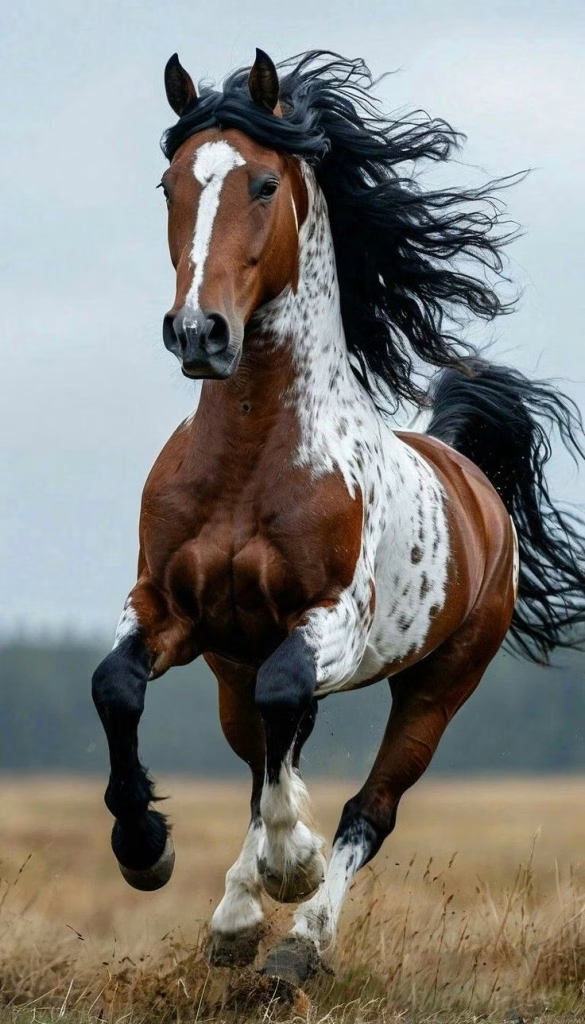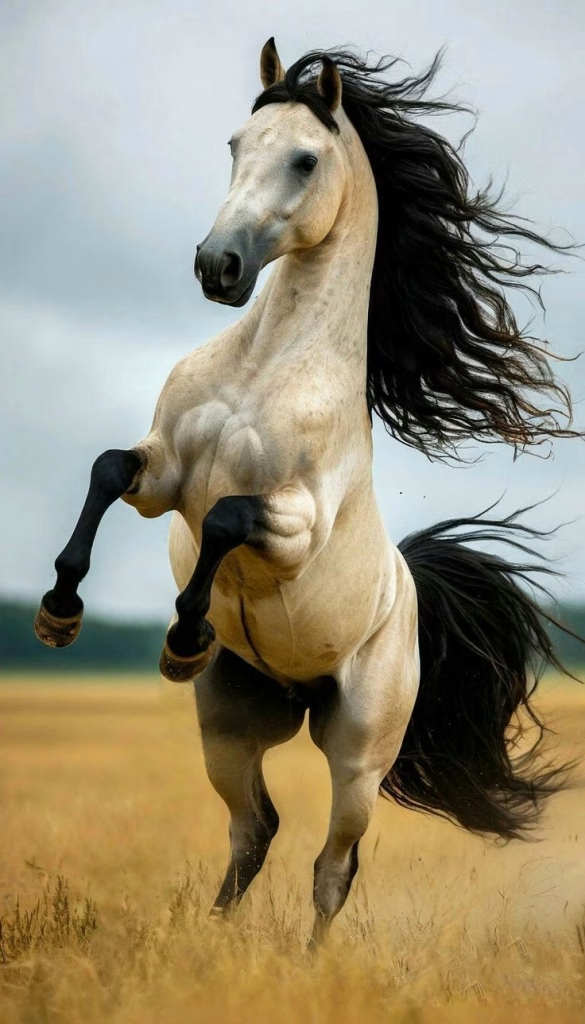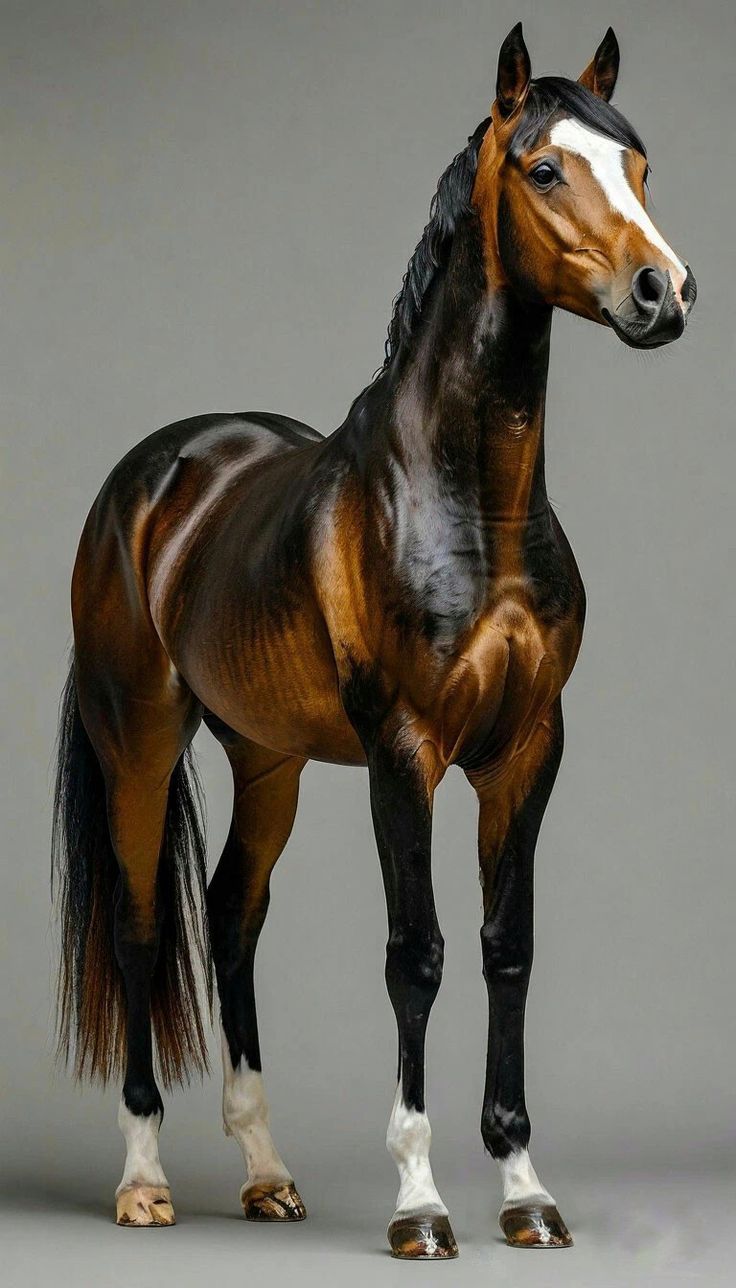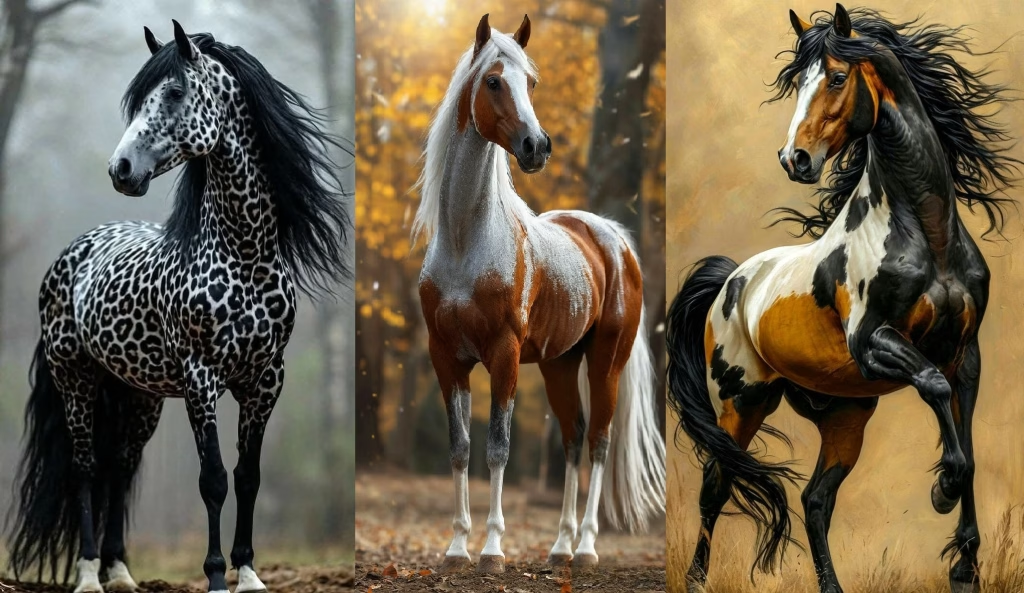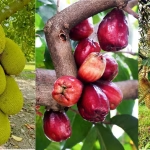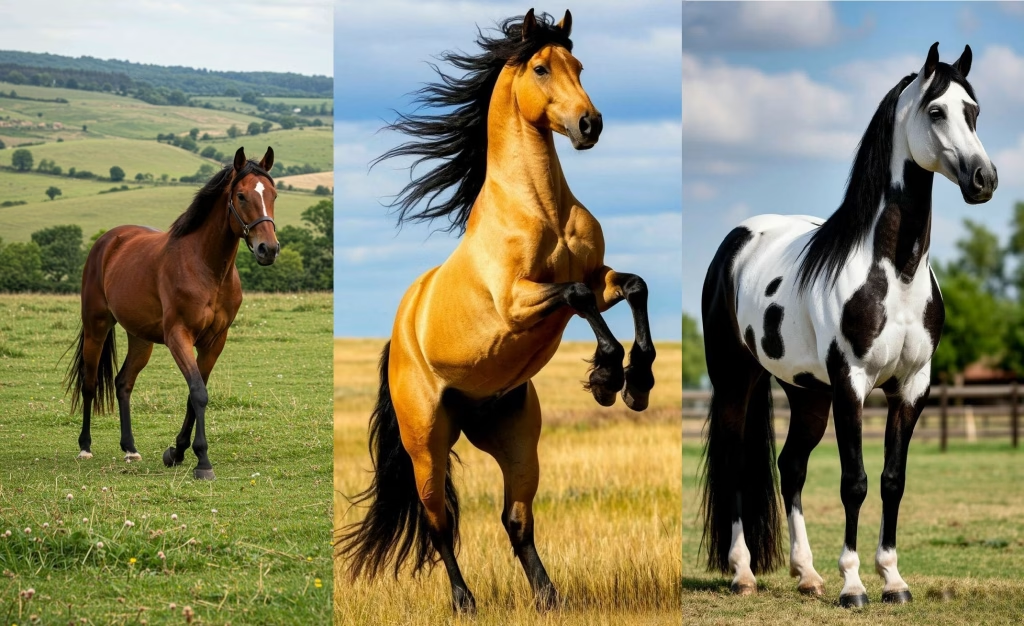
There’s something undeniably majestic about horses. Their powerful musculature, expressive eyes, flowing manes, and elegant posture have captivated human beings for millennia. But when these stunning animals are captured through the lens of a talented photographer, their beauty reaches a whole new level. In the world of animal photography, few subjects offer as much grace, personality, and presence as horses. This article explores the art and impact of handsome horse photography—how these images are captured, what makes a horse “handsome,” and why these photos resonate with people across cultures.
Thank you for reading this post, don't forget to subscribe!
The Aesthetic Appeal of Horses
Before diving into the technical and artistic elements of horse photography, it’s important to understand what gives horses their widespread appeal. Horses possess a unique combination of strength and sensitivity. They move with powerful strides, yet carry themselves with a gentleness that’s hard to describe. Their aesthetic features—arched necks, silky manes, expressive eyes, and rhythmic gaits—are often used in art, literature, and advertising to symbolize freedom, nobility, and beauty.
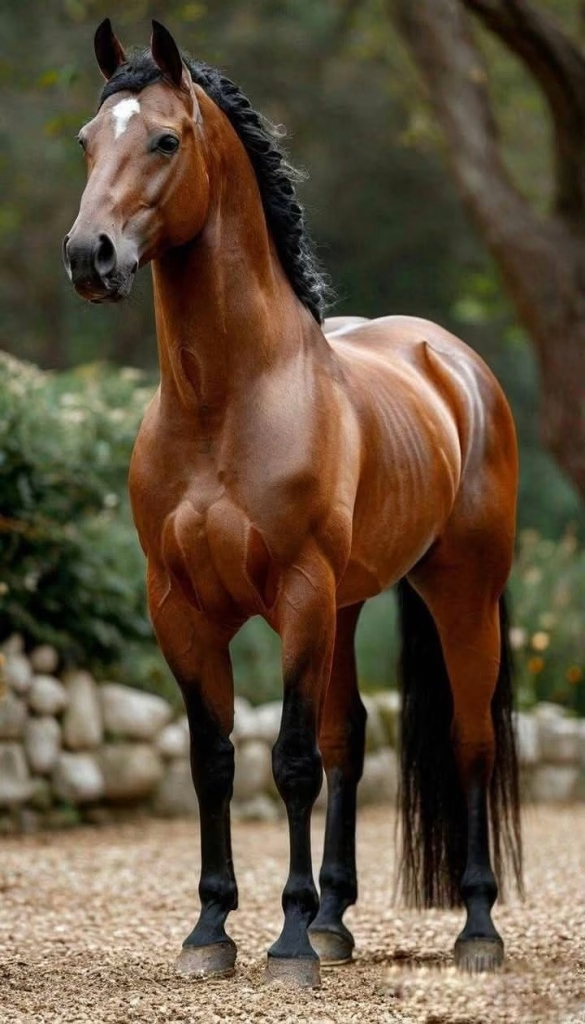
Different breeds bring different flavors to this beauty. The Arabian horse, with its dished face and refined features, has a regal elegance. Friesians, with their long, wavy manes and deep black coats, seem like creatures from myth. The American Quarter Horse has a muscular, athletic build perfect for action shots, while the Andalusian exudes old-world grace. Each of these breeds offers distinct photographic opportunities and challenges.

What Makes a Horse “Handsome” in Photos?
While beauty is subjective, a “handsome” horse photo typically balances several elements:
- Conformation: The horse’s structure and proportions should be aesthetically pleasing. A well-balanced body, strong legs, arched neck, and straight profile all contribute.
- Expression: A horse’s ears forward, eyes alert, and stance poised makes a huge difference. It conveys curiosity, intelligence, and presence.
- Grooming: Well-maintained coats, brushed manes and tails, and clean hooves make a horse look polished and cared-for.
- Lighting and Background: Natural light enhances the horse’s features and coat sheen. A clutter-free or scenic background adds to the image’s overall appeal.
- Pose and Movement: Whether it’s a cantering horse with its mane flying or a standing portrait with muscles subtly defined, the posture matters.
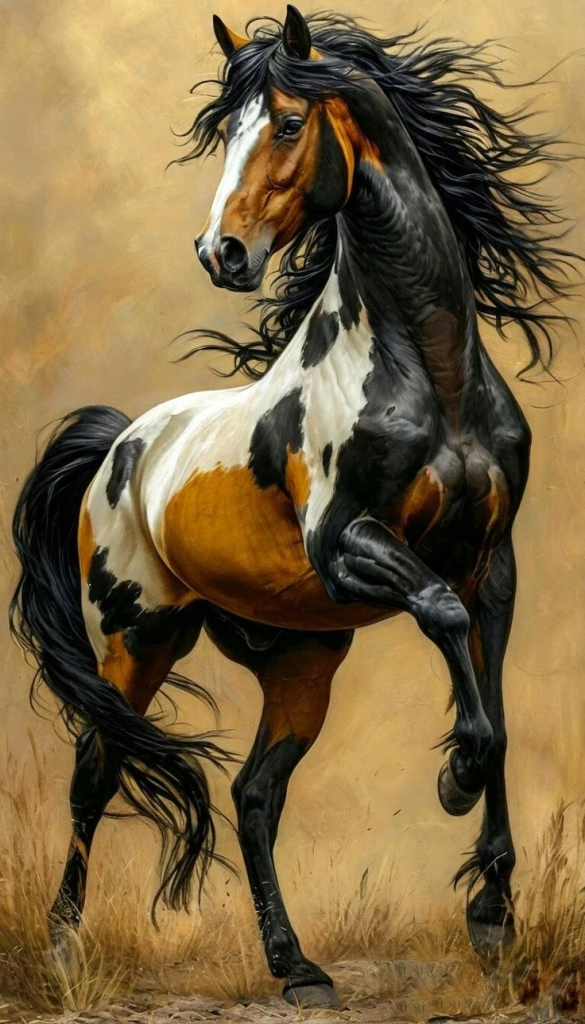
Capturing all of these elements simultaneously is what transforms a simple photo into a breathtaking one.
The Role of the Photographer
Taking photos of horses is not just about clicking the shutter at the right moment—it’s about understanding the animal. A good equine photographer knows how to interact with horses, read their body language, and wait for just the right second to press the button.
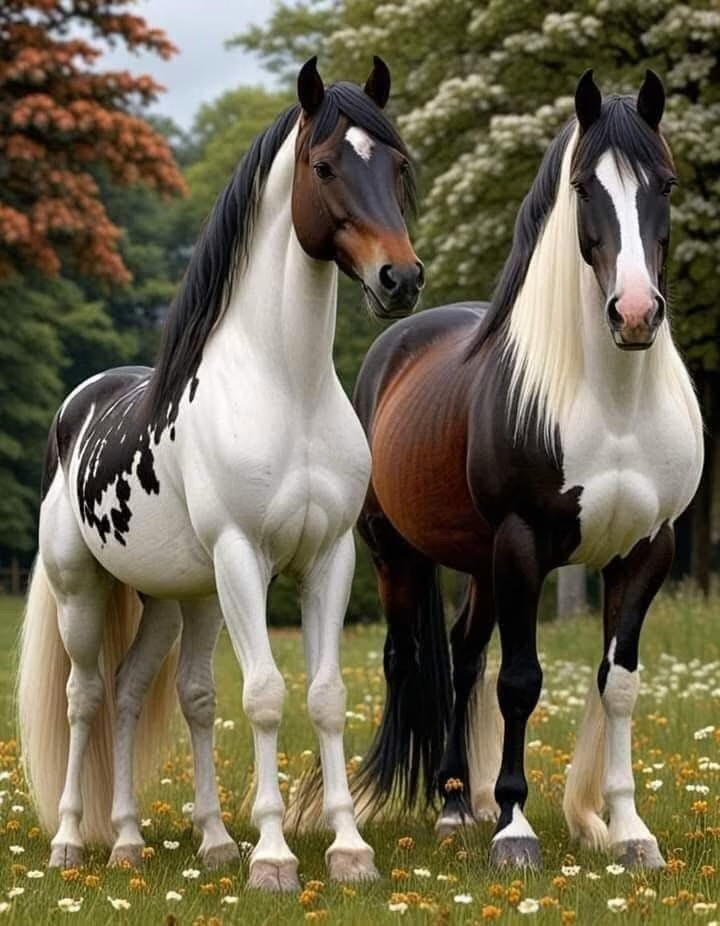
Professional equine photographers often work with assistants who help direct the horse’s attention—using whistling, waving, or even squeaky toys to get ears up and eyes alert. Timing is crucial. Too early or too late and the magic is gone.

Photographers also need to adjust for lighting, use high-speed settings to freeze movement, and choose angles that flatter the horse’s proportions. Some go for dramatic silhouettes at sunset; others focus on close-ups that highlight eyes, nostrils, and fine coat details.

Black Background Portraits: Drama and Detail
One of the most popular styles in handsome horse photography is the black background portrait. These images are striking—the horse seems to emerge from the shadows, every muscle and facial detail highlighted. They’re often created by photographing a horse in the entrance of a dark barn or studio, with natural light falling in from the front.
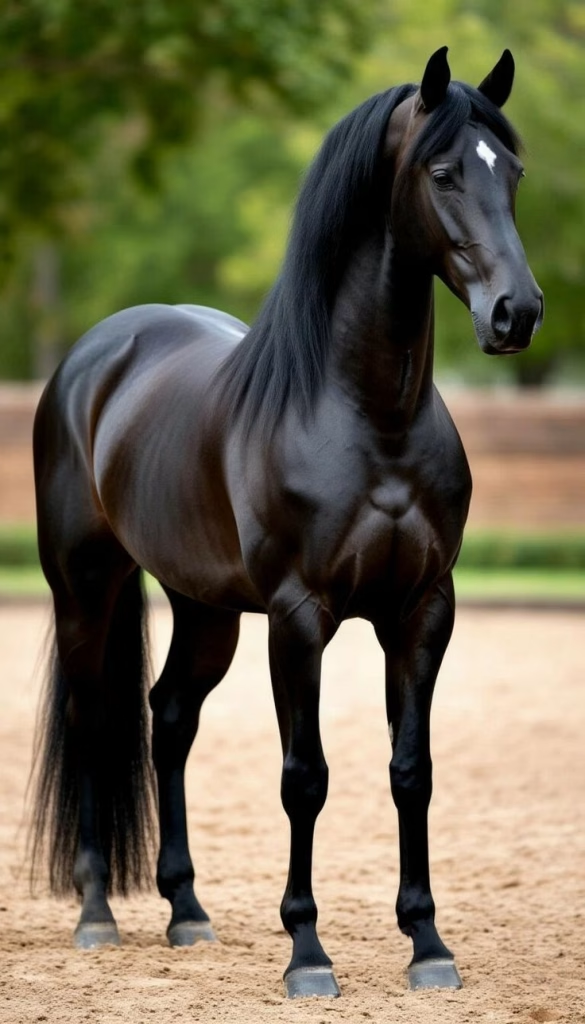
This technique emphasizes the horse’s form without distraction. It’s perfect for showcasing the lines of a horse’s face, the gleam of its coat, and the intensity of its gaze. Black background photos often have a timeless, almost classical appeal, reminiscent of old oil paintings.
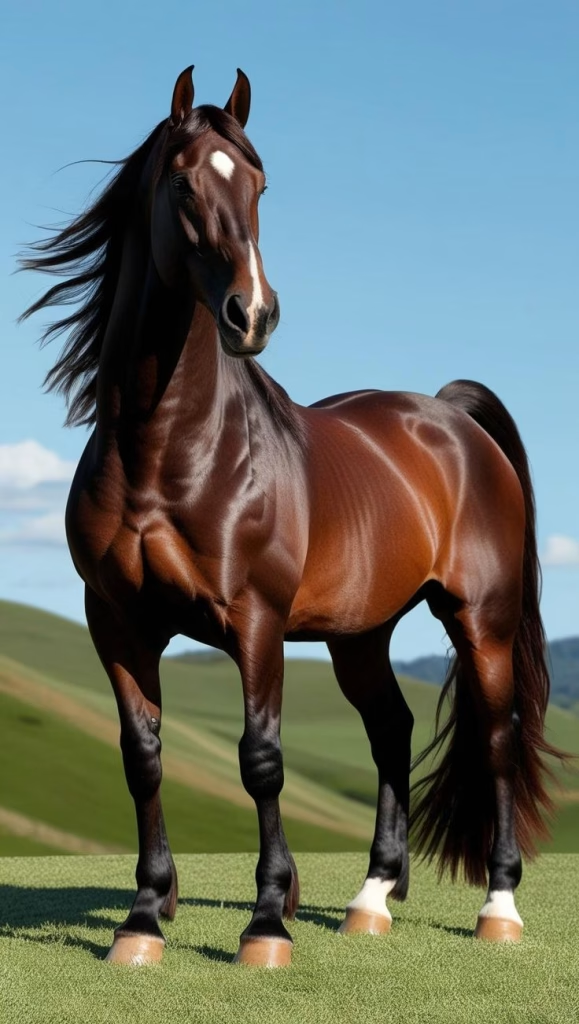
Action Shots: Energy and Elegance
If black background portraits showcase elegance, then action shots are all about energy. These images capture horses in motion—galloping across open fields, leaping over fences, or frolicking in snow or water. They convey the dynamism and spirit that makes horses so exhilarating to watch.

High-speed photography is essential here. To freeze a horse mid-air or catch the moment all four hooves are off the ground, a fast shutter speed (1/1000 sec or faster) is typically needed. The setting also matters: a mountain meadow, beach shoreline, or snow-dusted field can elevate an already beautiful shot to breathtaking.
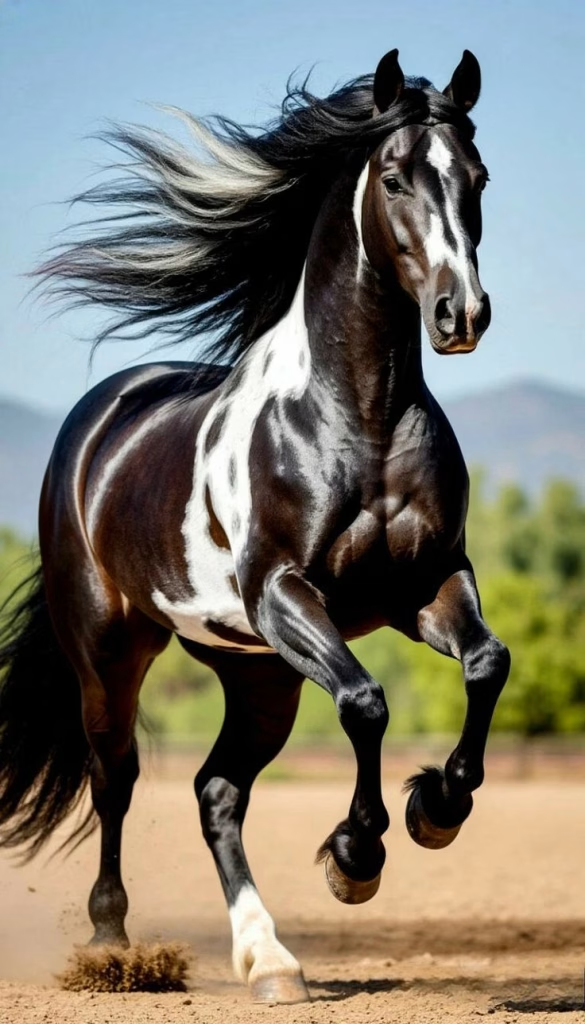
These images are especially popular among breed associations, sports enthusiasts, and horse owners who want to showcase their animals’ athletic ability.
Seasonal and Scenic Settings
The seasons add texture and mood to horse photography. A horse trotting through autumn leaves gives a warm, earthy feel. Snow-covered landscapes turn them into mystical, almost unicorn-like creatures. Spring meadows offer vibrancy, and summer sunlight highlights coat details and adds golden warmth.

Photographers often choose scenic locations like mountain ridges, forests, lakesides, or even urban environments for contrast. Imagine a dapple-gray horse posed in front of a gothic cathedral or a palomino cantering down a sandy beach—such juxtapositions can create powerful visual narratives.

Famous Handsome Horses on Camera
Some horses have become iconic through photography. For instance:
- Frederik the Great, a Friesian stallion from the U.S., gained internet fame for his luxurious mane and noble posture.
- Marwari horses from India, known for their inward-curving ears and warrior heritage, are often featured in exotic photo shoots.
- Mustangs in the wild American West have been captured in poignant images that blend beauty with the symbolism of freedom and survival.
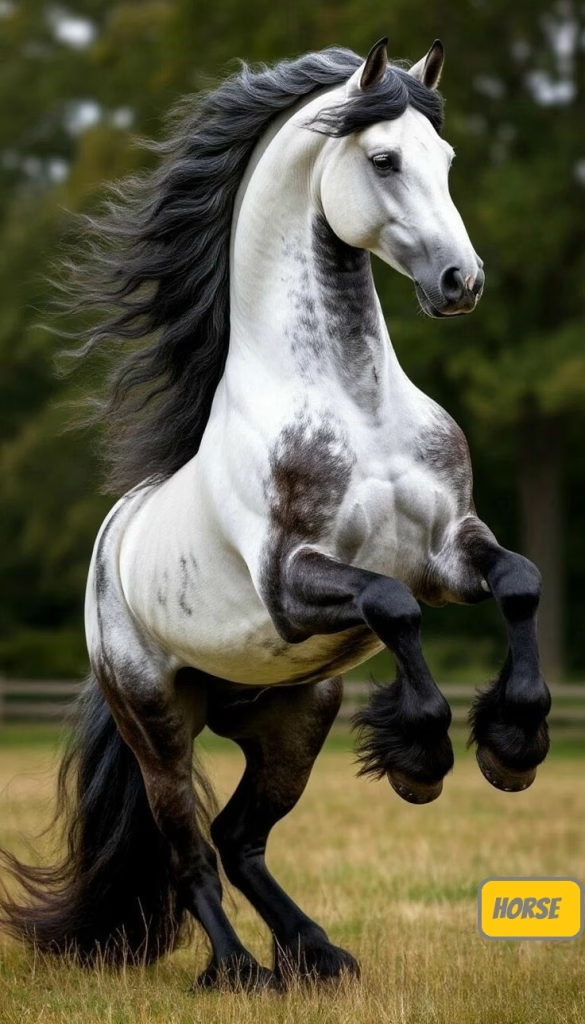
Photographers like Tony Stromberg and Wiebke Haas have built careers around equine photography, elevating the genre into fine art.
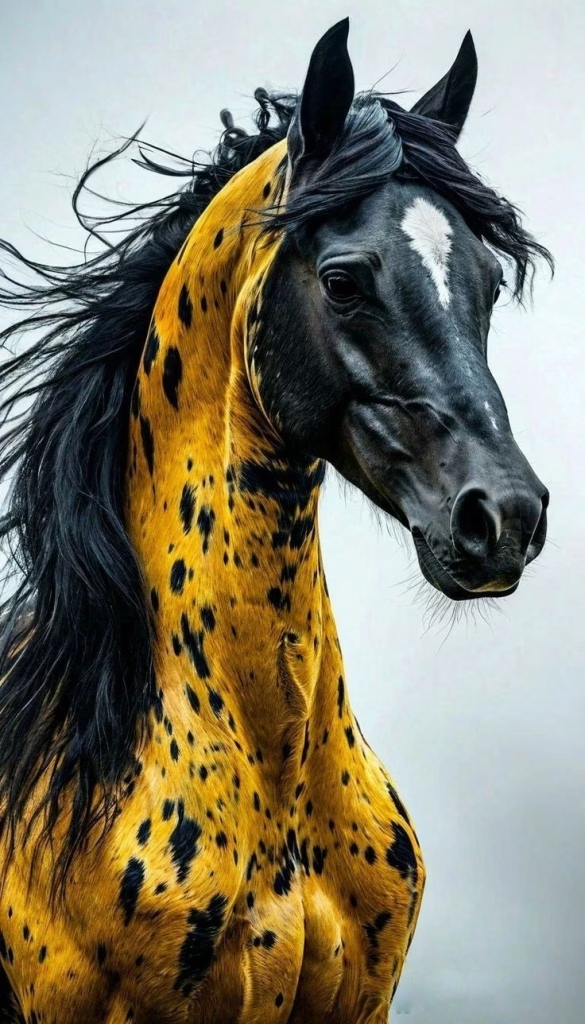
Horse Photography in Social Media and Branding
Handsome horse photos are also increasingly used in branding, advertising, and social media. Equine influencers on platforms like Instagram boast thousands—even millions—of followers. These accounts often showcase impeccably photographed horses with aesthetic backdrops, touching captions, and lifestyle content that blends human and equine life.

Equestrian brands use such imagery for marketing, with horse beauty used to sell everything from saddles to skincare (yes, for humans!). The emotional appeal of a stunning horse photo creates an immediate connection with viewers, sparking admiration, curiosity, and even nostalgia.

Tips for Capturing Your Own Handsome Horse Photos
If you’re inspired to take your own horse photos, here are some basic tips:
- Use natural light—early morning or late afternoon offers the most flattering lighting.
- Clean and groom your horse—just as you’d dress up for a portrait.
- Mind the background—choose uncluttered or scenic settings.
- Be patient—it might take hundreds of shots to get the perfect one.
- Get help—someone who can handle the horse, help position it, or draw its attention.
- Learn basic photography principles—composition, depth of field, and shutter speed all matter.
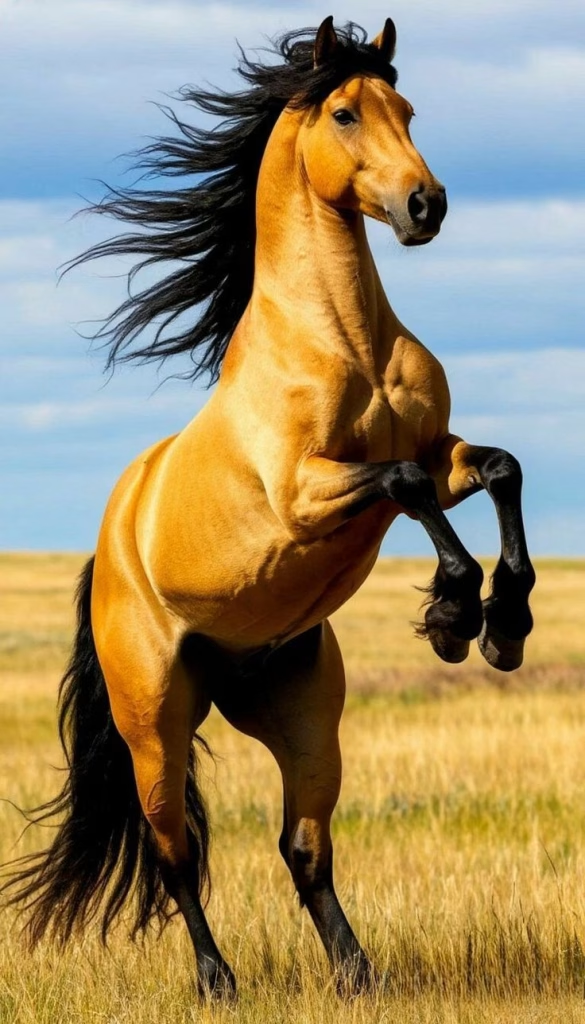
Even a smartphone can produce good results with the right approach and post-editing.

Conclusion: More Than Just Pretty Pictures
Handsome horse photos are not just about appearance—they’re visual poems about connection, movement, and majesty. Whether it’s a sleek Arabian under golden light or a powerful Clydesdale breaking through the snow, these images stir something deep in us. They remind us of a world where strength is matched by sensitivity, and where beauty is found not just in stillness, but in motion.
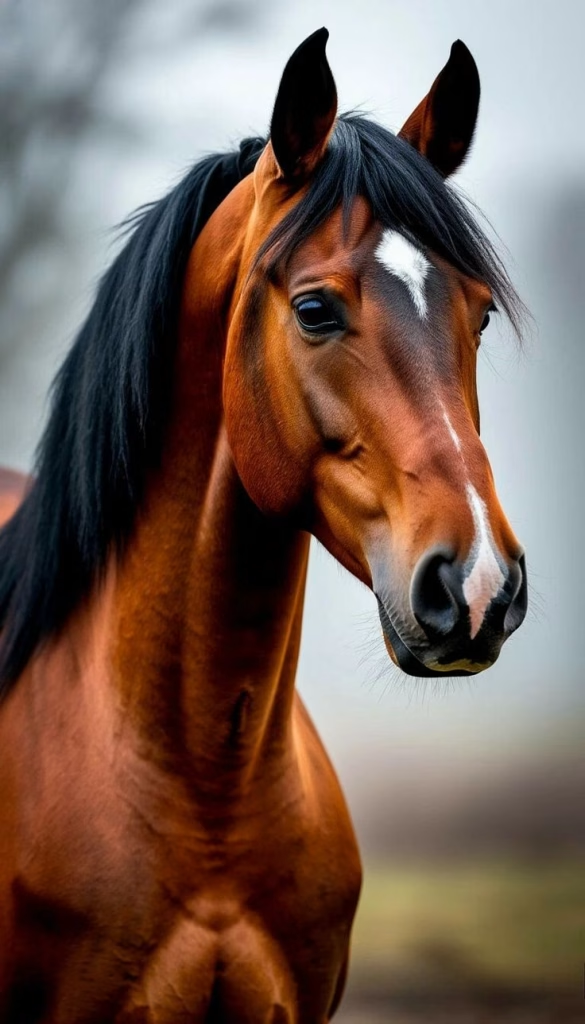
As photographers continue to refine their techniques and explore new styles, the world of equine photography grows richer and more compelling. For horse lovers and art appreciators alike, handsome horse photos offer a window into a timeless bond—between human, animal, and the camera lens.
